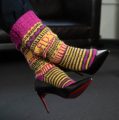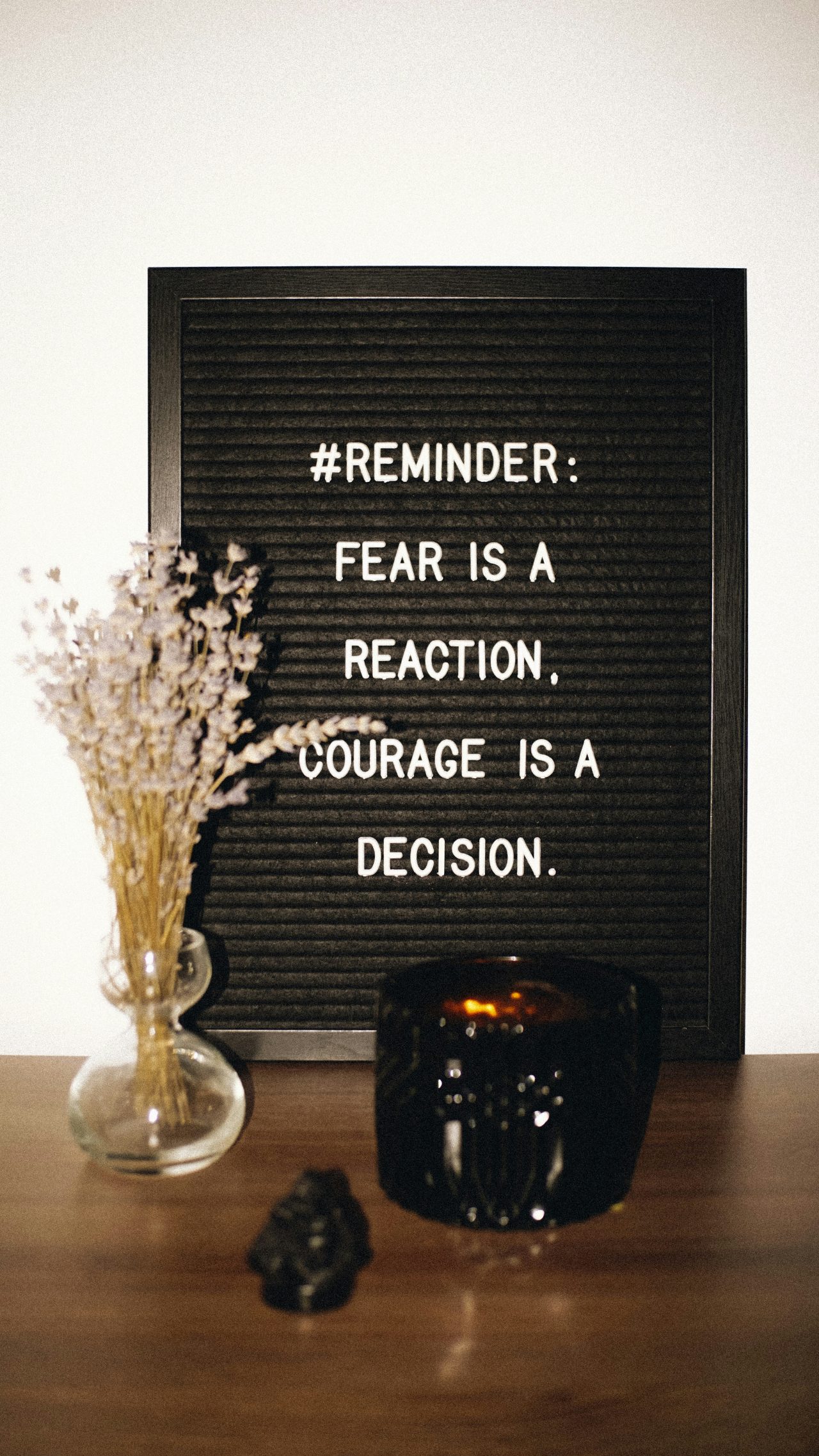There comes a moment, sometimes quiet, sometimes shattering, when every leader has to face what they’ve been avoiding. Not the noise or the chaos, but the still, unmistakable truth: You can’t lead and hide at the same time.
Not from conflict. Not from discomfort. Not from the cost of your own silence. Because the real work of leadership doesn’t wait for when it’s easy, it begins exactly where we’d rather pull back.
The Reckoning Beneath the Role
Despite the growing focus on psychological safety in workplaces, research consistently shows that people still withhold ideas, concerns, and even ethical objections at alarming rates. In one global study by Edelman, 61% of employees reported staying silent on issues they knew mattered, fearing career consequences or social fallout. It’s not because they don’t care. It’s because they’ve learned, consciously or not, that their leaders don’t really want to hear it. And that’s already hard to change.
And here’s the part that rarely gets said: many leaders don’t even realize they’ve created this dynamic. They’re not overtly shutting people down. They’re just rewarding alignment over inquiry. Agreement over friction. Wrong kind of safety over stretching.
This is not a leadership flaw. It’s a human one. But if left unchecked, it becomes a systemic failure that leaves cultures nice, numb, and dangerously stuck.
The Courage to Be Clear
The opposite of comfort isn’t chaos. It’s clarity. And clarity is brave. Brave leadership doesn’t mean being confrontational or loud. It means being willing to say what’s true, especially when it’s not popular, polished, or immediately solvable. It means letting discomfort serve a purpose instead of rushing to soothe it.
As Dr. Amy Edmondson, Harvard professor and author of The Fearless Organization, notes: “Psychological safety is not about being nice. It’s about candor. It’s about being able to openly share ideas, questions, concerns, or mistakes, mostly without fear of humiliation.”
That safety doesn’t appear because a leader declares it. It appears because a leader lives it. By going first. By being honest before it’s convenient. By choosing relationship over role when it matters most.
What Brave Leadership Actually Looks Like
It’s easy to say we want courageous teams. But what does it look like when leaders actually go first? It looks like saying, “I got that wrong,” and letting silence follow. It looks like naming what people are dancing around, without making it personal. It looks like holding the tension between care and challenge, and refusing to collapse into either. It looks like making room for dissent, not just feedback. It looks like asking, “What aren’t we saying that we should be?” and waiting, really waiting, for the answer.
Bravery in leadership isn’t about heroics. It’s about the thousand small ways a leader makes truth more accessible and growth more possible.
And What About Humanity?
But courage in leadership doesn’t exist without something quieter underneath it: humanity. Not as sentiment, but as skill. The ability to be honest without turning sharp. To show vulnerability without making it someone else’s burden. To meet others as humans, not just roles. It’s choosing to own mistakes, not as a gesture, but as a way of leading. This isn’t softness. It’s emotional maturity.
Research into emotionally intelligent leadership consistently shows that teams led by this kind of clarity and relational depth outperform others in terms of trust, adaptability, and resilience. Not because the leader was perfect, but because they were present, honest, and human. Humanity isn’t the opposite of strength. It’s what makes strength sustainable.
The Risk Is the Point
The question isn’t whether brave leadership is risky. It is. That’s the point. Because the alternative is costlier: a culture where no one says what they mean, where innovation dies in consensus, where people smile through exits.
If leadership is about vision, it must also be about permission. The kind that tells people, ‘You can be real here.’ Even if it’s messy. Even if it’s hard. Especially then. Leadership isn’t about having the answers. It’s about creating the conditions where truth can survive long enough for better answers to emerge.
And maybe that’s the shift these times demand. To move from silence to speech. From comfort to courage. From performance to presence.
Because real leadership doesn’t come from being the one who knows the most or disrupts the loudest, It comes from being the one willing to go first, to feel, to name, to stay. That’s where change begins. And that’s where leadership, finally, becomes worth following.




